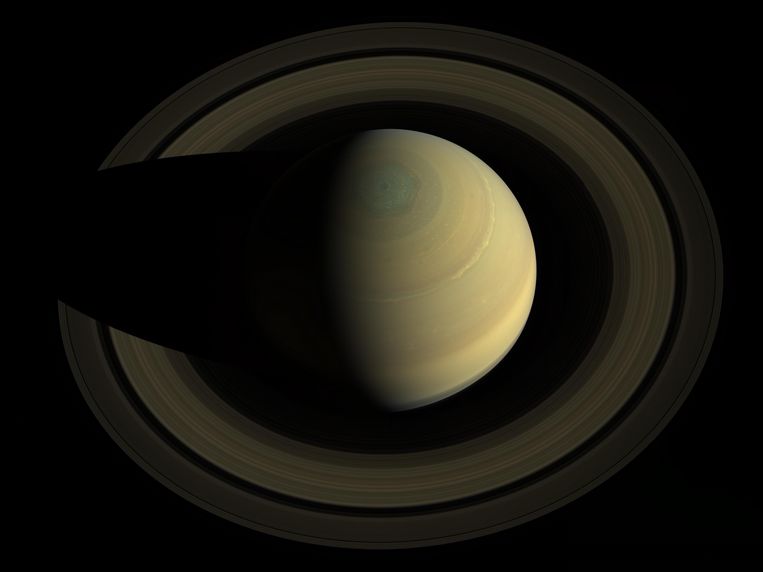Since last week, the International Astronomical Union’s (IAU) Minor Planet Center has updated the list of moons. Sunday passed Saturn hundreds of confirmed moons, and since tuesday The counter is even at 117. For comparison: in November last year the counter was “only” at 83.
The newly discovered moons were captured between 2019 and 2021 using the Canada-France-Hawaii Telescope on Mauna Kea in Hawaii. The fact that they have not been found before is because they are small (sometimes only two kilometers in diameter) or they are relatively far from the planet. The results were last year Already posted And this month, some of those candidate moons were officially confirmed.
Due to the flood of new moons, Saturn has officially overtaken the previous record holder, Jupiter, with the counter standing at 95. At the beginning of this year, new moons were discovered near this planet.
Mini solar system
The huge amount of moons around gas giants like Jupiter and Saturn, as well as around the distant ice giants Uranus (27 confirmed moons) and Neptune (14) is very different from that of rocky planets like Earth. Of the four rocky planets, only Earth (1) and Mars (2) have moons at all.
The reason for such a large difference lies primarily in the history of the solar system. Gaseous planets formed farther from the Sun, where it provided more raw materials. This created a thick disk of dust and gas around the still-forming planets, of which several moons have clustered together. On the other hand, rocky planets like Earth are lumped together from small pieces of material sticking together, like a snowball to which more and more material sticks as it rolls. This way they did not become heavy enough to catch their dust disc.
The fact that the Earth has a moon is that at some point in cosmic history the prologue of our planet collided with another celestial body, after which part of it was ejected away. This part became the moon.

greater attraction
In addition, planets such as Jupiter and Saturn are much larger than the rocky planets. Earth matches Saturn about 700 times and Jupiter about 1,300 times. Thus, gas giants not only have more space for moons, but thanks to their greater gravity, transiting celestial bodies have also become entangled in their gravitational webs over the years. Then part of it ended up as a moon orbiting those planets.
Saturn’s new moons have only been given official IAU names such as ‘S/2020 S 6’. Of the 117 moons, only 64 have a regular name. Among the most famous of these are Titan, the largest of Saturn’s moons, and even larger than the planet Mercury, and the icy moon Enceladus, which is believed to harbor a subsurface ocean and thus a potential site for extraterrestrial life.

“Total coffee specialist. Hardcore reader. Incurable music scholar. Web guru. Freelance troublemaker. Problem solver. Travel trailblazer.”







More Stories
GALA lacks a chapter on e-health
Weird beer can taste really good.
Planets contain much more water than previously thought